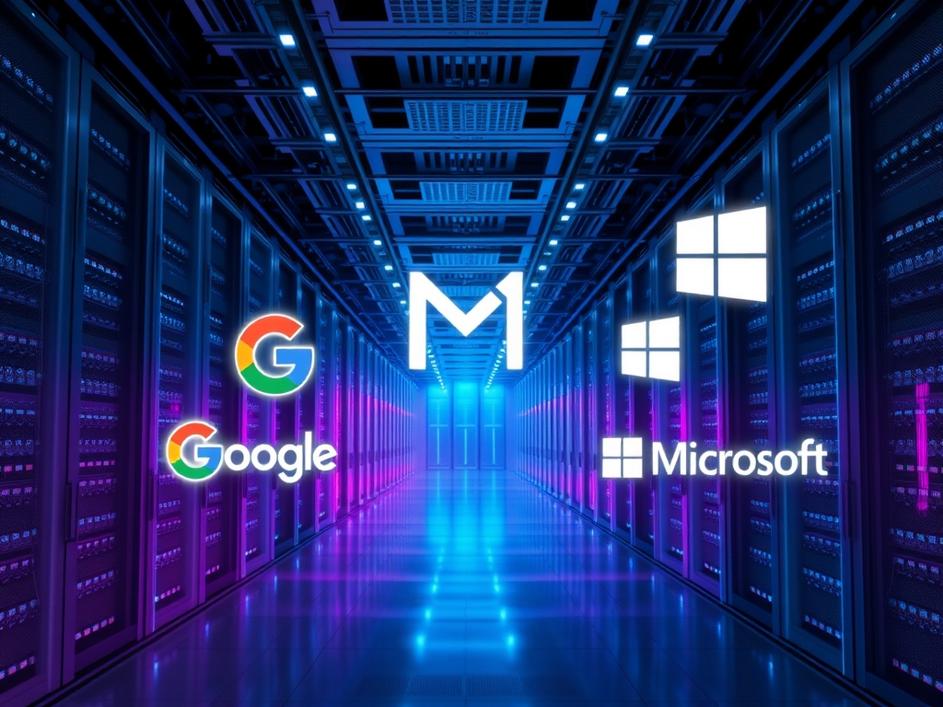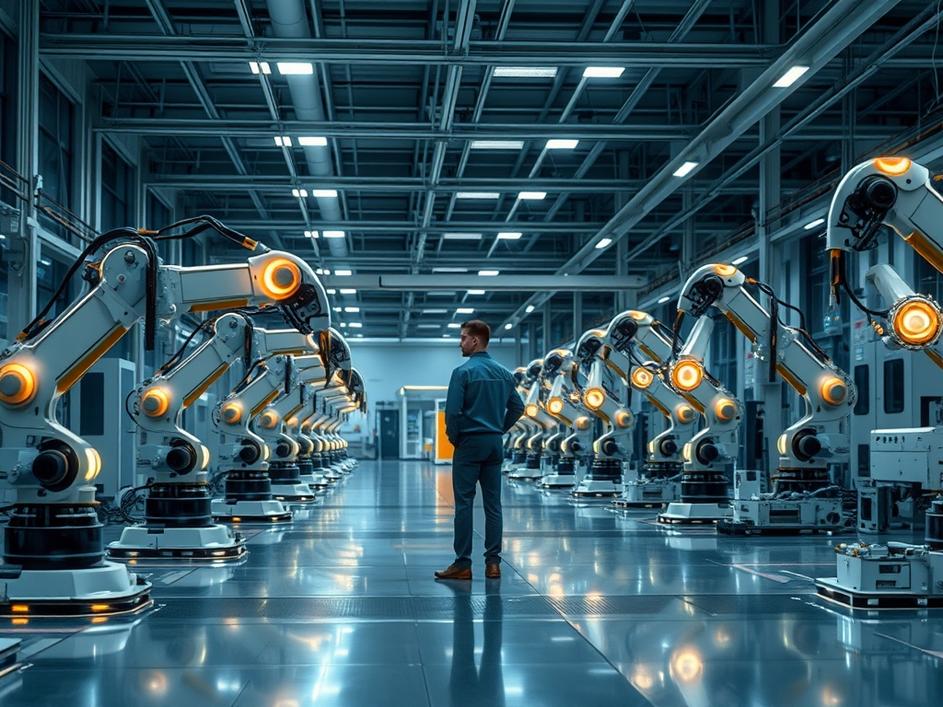


We are a digital agency helping businesses develop immersive, engaging, and user-focused web, app, and software solutions.
2310 Mira Vista Ave
Montrose, CA 91020
2500+ reviews based on client feedback

What's Included?
ToggleLately, you hear whispers about an “AI bubble.” People wonder if all this excitement is getting ahead of itself, if the money pouring into artificial intelligence will dry up, or if we’re building too much hype for too little return. It’s a fair question, especially with how quickly AI has taken over conversations. But here’s the thing: while some are wondering if the party’s about to end, the biggest players in the tech world – think Google, Meta, and Microsoft – are not just staying, they’re ordering more food. Their recent financial reports tell a very different story than one of caution. Instead of pulling back, they’re pushing forward, full speed ahead. They’re making it clear: they don’t see a bubble; they see the fundamental future of their businesses and the entire digital world.
When these tech giants talk about AI, they’re not just throwing around buzzwords. They’re spending real, massive amounts of money. We’re talking about billions of dollars each quarter. A big part of this spending is what’s called “capital expenditure” or “capex.” In simple terms, this is the money a company spends to buy, upgrade, and maintain physical assets like buildings, equipment, and technology. For AI, this means things like building huge data centers, buying powerful computer chips designed just for AI (called GPUs), and laying down the network infrastructure needed to make all those complex AI models actually run. In their latest earnings calls, Google, Meta, and Microsoft all showed they spent even more on this kind of infrastructure than before. And they didn’t stop there. They also warned investors that these costs are only going to get higher, predicting even bigger spending spikes in 2026. This isn’t just an ongoing expense; it’s a rapidly growing one, showing deep, long-term commitment.
So, why are these companies so keen to pour money into AI, even when it means facing record-high costs? It comes down to a few core reasons. First, AI isn’t just a new feature for them; it’s becoming the backbone of everything they do. Think about search engines getting smarter, social media feeds getting more personalized, or even the way you create documents and presentations at work. AI touches all of it. If they don’t invest heavily now, they risk being left behind by competitors who do. Second, there’s a race to build the best, most powerful AI models, and those models need incredibly powerful hardware to train and run them. Owning this infrastructure gives them control, speed, and efficiency. It allows them to innovate faster and roll out new AI products without relying on anyone else. They’re building their own “AI factories” so they can stay ahead and keep defining what’s possible, from developing the next big AI assistant to powering advanced cloud computing services that businesses worldwide rely on.
Of course, this kind of spending isn’t without its risks. Billions of dollars are going out the door with returns that aren’t always clear in the short term. There’s also the question of whether these massive investments will truly pay off in the long run with groundbreaking new products or significantly increased revenue. But for these tech giants, the risk of *not* investing seems even greater. They are essentially building a moat around their businesses. By having the most advanced infrastructure, they make it incredibly hard for smaller companies to compete on the same level. They’re not just betting on AI; they’re betting on their ability to dominate the AI landscape. It’s a strategic move to secure their place at the top for decades to come, ensuring they control the essential computing resources that power the future of technology. For them, this isn’t just a gamble; it’s a necessary step to maintain and expand their market leadership.
This massive spending spree from Big Tech has huge implications for everyone else. For smaller AI startups, it means a tougher uphill battle. They might have great ideas, but they likely won’t have the capital to build the same kind of foundational infrastructure. This could lead to a future where innovation still happens, but perhaps more often within the walls of these giant companies, or through acquisitions where smaller players are bought out. It also means that the future of AI development will largely be shaped by the priorities and resources of a few very powerful companies. While this consolidation of power has its downsides, it also means that the pace of AI advancement might remain incredibly fast, driven by these companies’ intense competition with each other. It’s an arms race, and the weapons are data centers, chips, and brilliant minds, all fueled by seemingly endless budgets. The winners of this race will likely dictate the next wave of digital services and change how we interact with technology every single day.
So, the next time someone talks about an “AI bubble,” remember what Big Tech is actually doing. They’re not just talking about AI; they’re putting their money where their mouth is, sinking billions into the physical nuts and bolts that make AI work. This isn’t a temporary fad for them. It’s a fundamental shift in how they build and run their businesses, and it’s a clear signal that they believe AI is not just here to stay, but will be the defining technology of the coming decades. Their continued, aggressive investment isn’t just a bet on the future; it’s actively building it, chip by chip and data center by data center. We are watching the foundation of the next digital era being laid, brick by billion-dollar brick.



Leave a reply